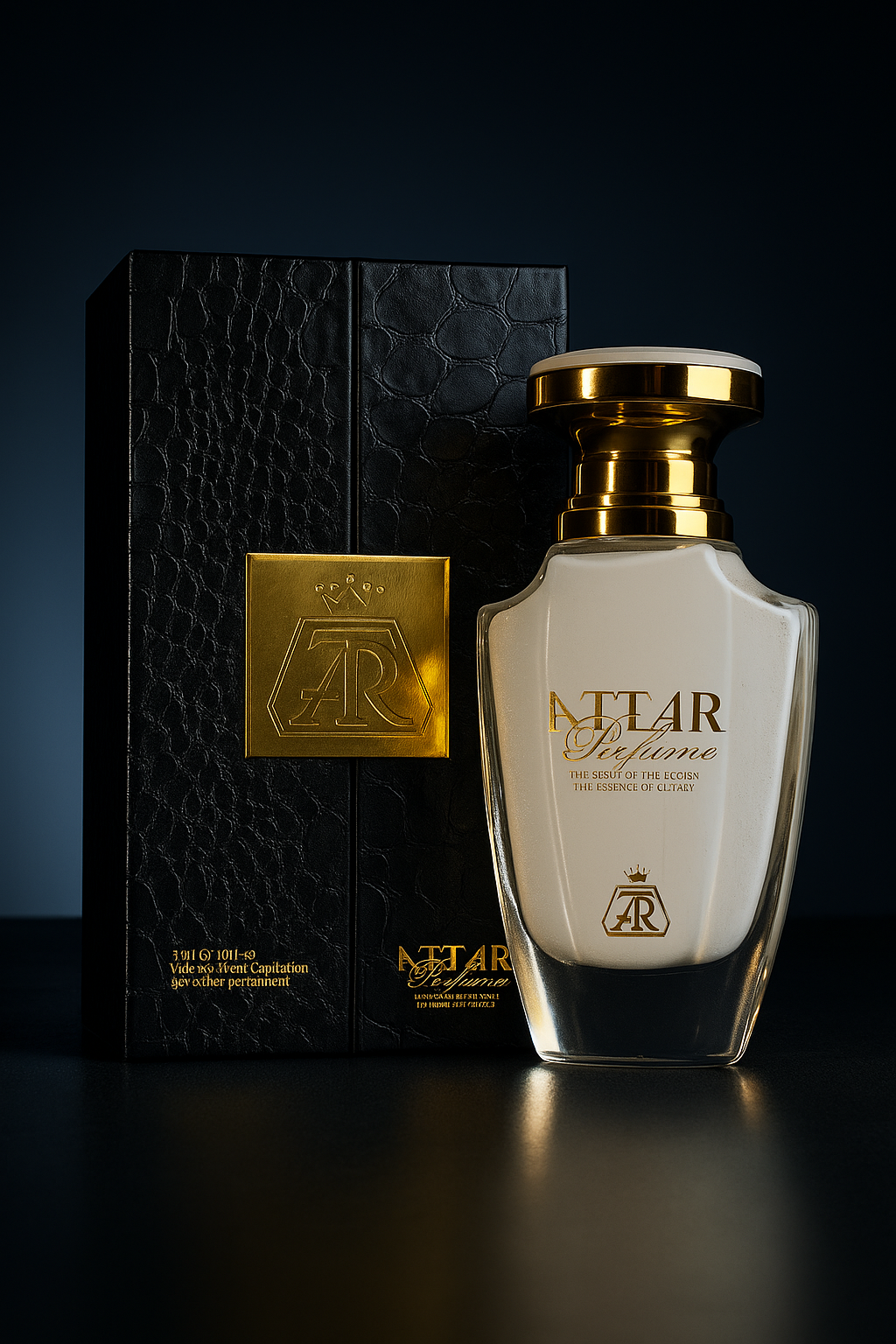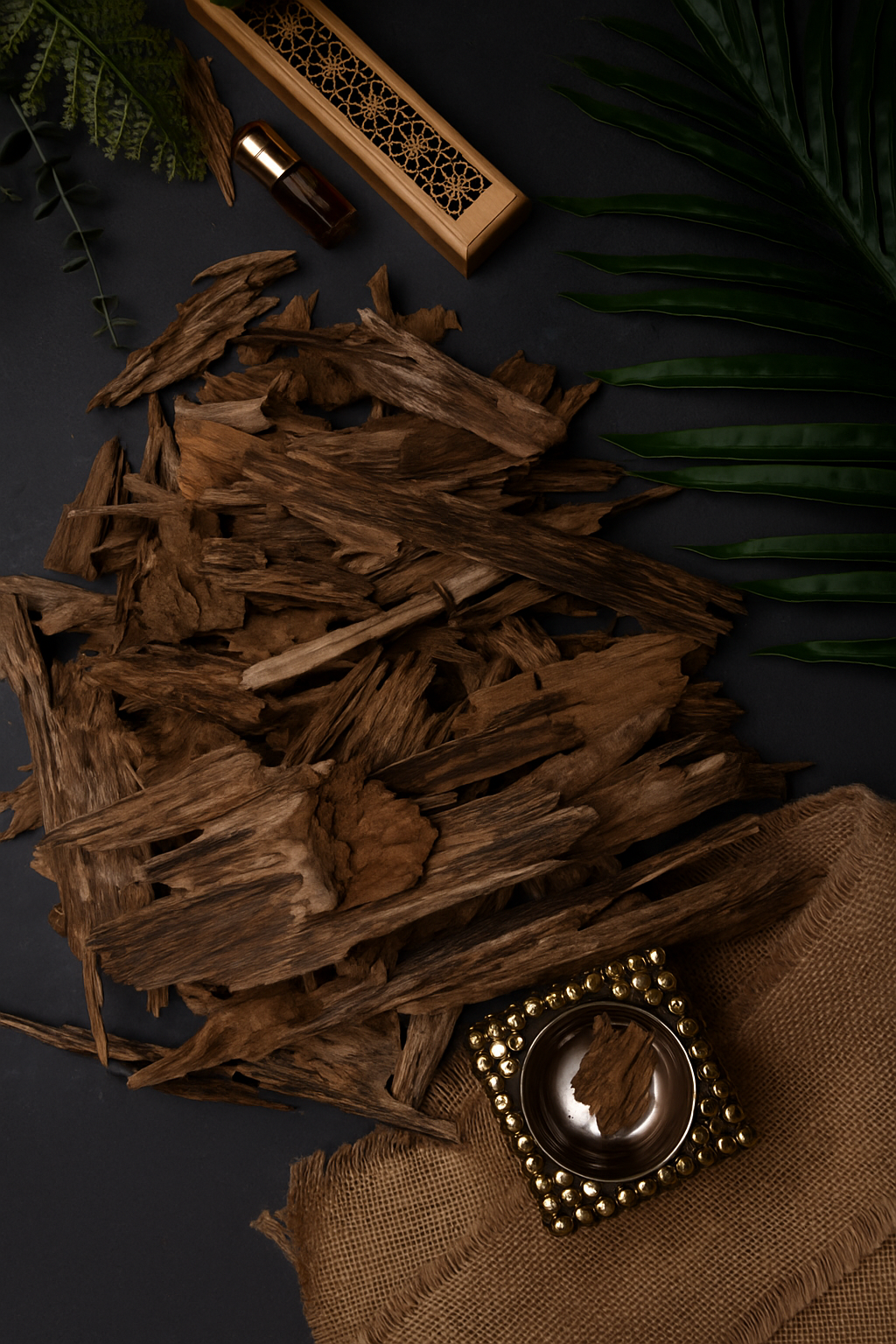Welcome to an aromatic journey! In a special episode of "Hadith Al-Sari," we sit down with oud expert Aziz Al-Shalhoob, known as Abu Saud, to unravel the mysteries of this treasured fragrance. From its origins to its different grades, he shares invaluable insights to help you become a connoisseur.
The Art of Burning Oud
Before diving into the types of oud, Abu Saud shares a crucial tip for proper use. The secret lies in the charcoal.
-
Match the oud to the charcoal: For thicker pieces of oud, you need strong, hot charcoal to release the full fragrance. Conversely, for thinner, more delicate chips, a fading, less intense charcoal is best. This prevents the oud from burning too quickly and producing a harsh, smoky smell.
-
Timing is everything: When using high-quality oud, always place it on charcoal that has already reached its peak heat.
Unveiling the Origins of Oud
Oud goes by many names across the Arab world, from "bukhoor" in the Gulf to "hatab" in Oman. But where does this beloved fragrance come from?
-
Ancient sources: Historically, the most famous oud came from countries like Vietnam, India, Cambodia, and Burma. These regions were the original sources of natural, wild oud.
-
Modern cultivation: Due to heavy demand, these ancient sources have become scarce and are now considered rare. Today, most oud comes from cultivated farms, where growers use specific techniques to encourage resin production. This has led to an increase in both enhanced and industrial oud varieties.
Navigating the Market: Types of Oud
When you go to a market, you'll encounter a variety of oud, each with its own characteristics and uses.
-
Oud for events: Large, thick pieces of oud are perfect for special occasions and large gatherings. A single piece can last for multiple rounds, ensuring a long-lasting, powerful fragrance that fills the space.
-
Oud for personal use: For personal use or smaller gatherings, delicate chips are sufficient. These pieces provide a subtle, elegant scent that is perfect for close friends or a relaxing evening.
-
Dakkah (Oud chips): These small chips, or leftovers from cleaning larger oud pieces, are a treasure trove of fragrance. They are just as potent as larger pieces and are a great option for personal use.
A Connoisseur's Guide to Identification
How can you tell the difference between good and bad oud? Abu Saud shares some key visual cues.
-
Look for color and density: High-quality oud is characterized by its dark, almost black appearance, indicating a high concentration of resin. The darker the color, the richer the scent. The wood itself should be dense and heavy.
-
The "underwater" test: Truly rare and high-quality oud, often called "underwater oud," is so dense with resin that it sinks when placed in water. This incredible density means it's packed with fragrance.
-
Be wary of weight: Some unscrupulous sellers fill oud chips with lead or other heavy materials to increase their weight. If a piece of oud feels unusually heavy for its size, be cautious.
The World of Rare Oud
What makes an oud "rare"? According to Abu Saud, rare oud is a unique category that transcends the typical market.
-
The "hoarders": Rare oud is often discovered in old stashes that people have collected over decades. These individuals, often elderly men from the Gulf, would acquire and store high-quality oud without using it, treating it as a precious commodity. These collections often become "rare" after the original owner's passing, when their families discover the treasure.
-
Global demand: The market for rare oud is not limited to the Middle East. Countries like China, Japan, Korea, and Italy have a strong demand for these unique and exclusive pieces.
The Journey of Oud Oil
Beyond the wood, oud is also a prized oil. Abu Saud explains the process of creating this luxurious fragrance.
-
Extraction: The small, unusable pieces of oud left over from cleaning the larger chips are used to create oud oil. These pieces are first fermented and then distilled.
-
Aging: A key factor in the quality of oud oil is its age. Freshly distilled oud oil has a sharp, intense scent. To create a smoother, more refined fragrance, the oil is aged. The oil is often placed in a shallow dish with a muslin cloth cover and left in a dark, cool room. Over time, the moisture evaporates, leaving behind a thicker, more potent, and more refined oil.
A Final Tip: The Right Way to Scent Yourself
To get the most out of your oud, Abu Saud offers a final piece of advice on application.
-
Moisturize first: Begin by spraying a light mist of perfume or rose water on your clothes. This "moisture barrier" helps the fragrance of the oud cling to the fabric, ensuring it lasts all day.
-
Apply oud oil to pulse points: Place a small amount of oud oil on your wrists and behind your ears. The warmth of your skin will help the fragrance radiate.
-
Combine for a richer scent: Many enthusiasts combine their favorite oud oil with musk to create a more complex and personalized fragrance.
Abu Saud's knowledge and passion for oud are a testament to his expertise. We thank him for his time and invaluable insights, and we hope this guide has been enlightening for both novices and seasoned enthusiasts alike.












